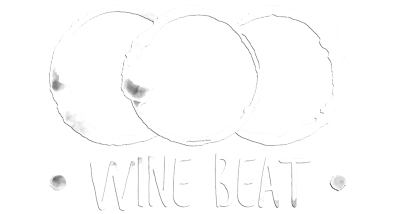
The name Patagonia conjures up images of endless vistas, high plateau grasslands, rugged mountains and lakes and wild Atlantic ocean coastlines. The high valley of the Rio Negro in Patagonia is also a remarkable cool climate wine region and it has a prestigious reputation in the wine world. Of course, this has everything to do with location, climate and terroir. For long distances in every direction the surrounding area is made up of largely arid desert and pampas grasslands just as you would expect. Breaking up the expanse are two rivers: the Neuquén and the Limay. They wander the plateau until they reach their confluence at the city of Neuquén and the merged river becomes known as the Rio Negro. These rivers provide fertility and life to a place that would otherwise have to be left largely to the gauchos for ranching.
The Rio Negro just downstream of Neuquén provides a fertile band where cool climate grapes are very much at home. There is a popular wine route here that links up the numerous wineries sprinkled along the river. Winery investment has been robust based on the success of the wines and these are state-of-the-art operations. The rivers provide water for other agriculture as well and Neuquén is a thriving small city. Fly-fishing is a huge draw and the rivers are among the top destinations in the world for those passionate about casting a fly for wild rainbow trout.
Why Rio Negro For Wine?
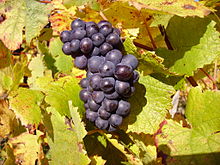
Known as the “High Valley” of Río Negro this stretch of river is like an oasis in the wild Patagonian plateau. At an altitude of 400-450m the region has a dry climate with cold winters, warm summers and very sunny skies. The dry air, sun and regular winds mean that the vines face little disease pressure. There are pronounced temperature changes from night to day (diurnal amplitude) and the grapes also benefit from a long maturation period. These are all propitious foundations for producing wines with concentrated fruit and acidic lift. You will find excellent Malbec here (as you will find in every Argentine wine growing region) as well as a star-studded cast of cool climate grapes like Pinot Noir, Merlot, Cabernet Franc, Chardonnay and Sauvignon Blanc. In fact one of the greatest attributes of Rio Negro is that there is room for a good argument over whether it is the reds or the whites that are most sublime.
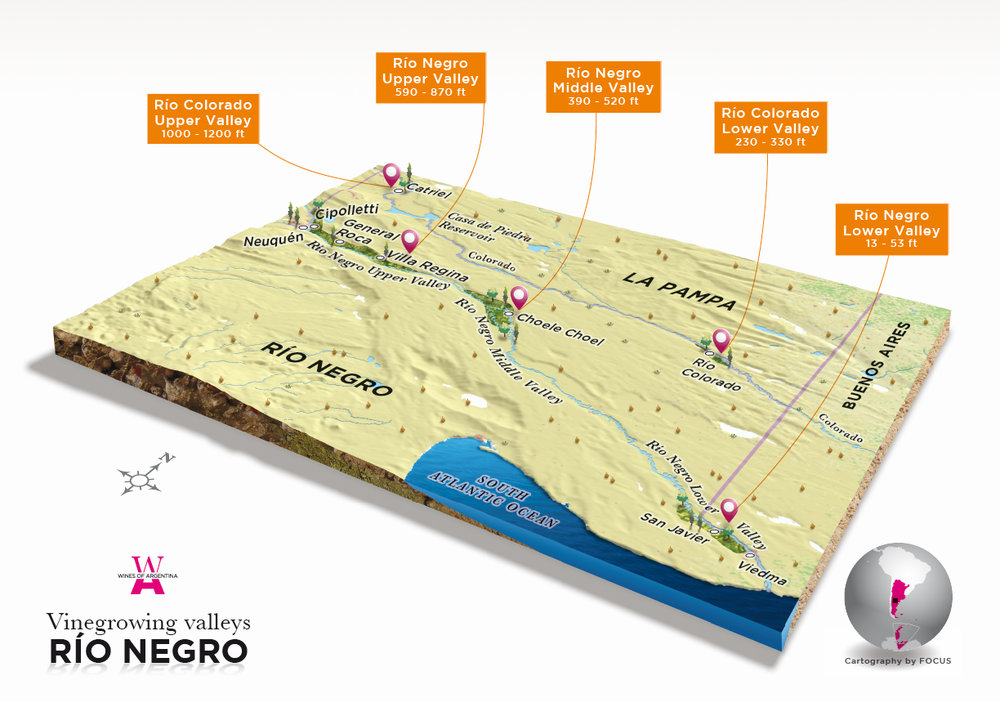
Where is Rio Negro Wine Country?
The wine road is just on the outskirts of the city of Neuquén, about a 3 hour flight from Buenos Aires. It is a great idea to combine a visit to Rio Negro with some time in the lake district around Bariloche (an amazing 5 hour drive to the south west across the wild Patagonian steppe) and even a trip to the Tierra del Fuego.
Who Are The Winemakers?
Neuquén’s wine road concentrates many of the best wineries in a one-hour drive between General Roca and Cipolletti. There are some quite big names as well as smaller, family run wineries. Here are some of the better known wineries. You can check the sites under “Useful Links” below to find more information.
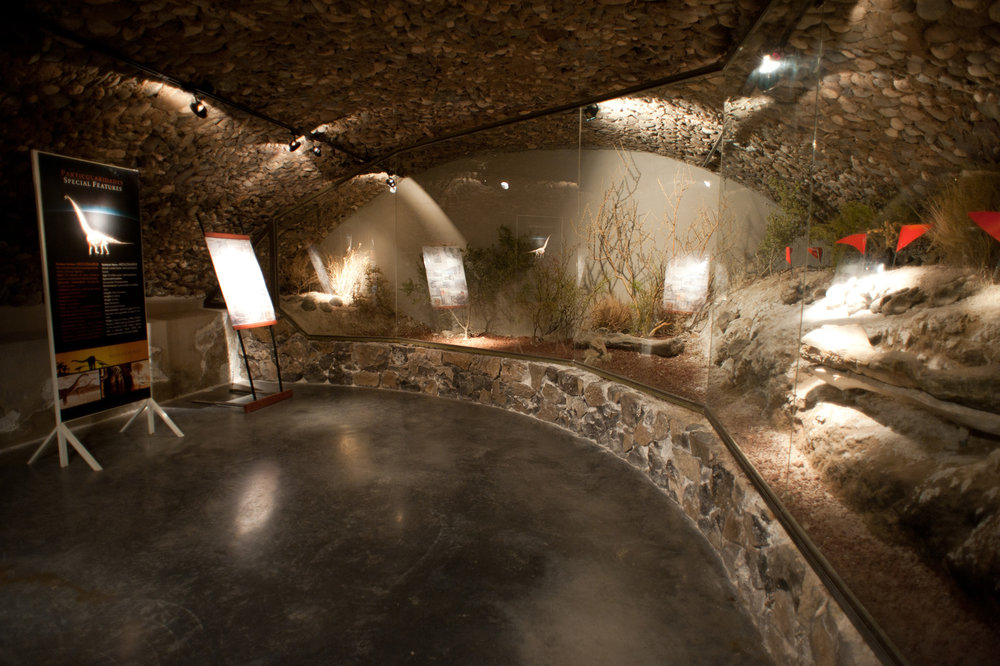
When Is The Best Time To Visit Rio Negro?
The winters are chilly in this part of the country and so July and August might best be avoided. Of course it depends on whether you want to take in some skiing in Bariloche. The Bariloche lakes region is an all season outdoor destination and makes a natural extension to visiting the Rio Negro wine country.
Useful Links:
www.patagonia-argentina.com (for tours and travel advice this is a great site)
www.neuquentur.gob.ar (official Neuquén tourism site)
www.powderquest.com for great information on skiing in Bariloche
www.flywatertravel.com for fly fishing information and tours
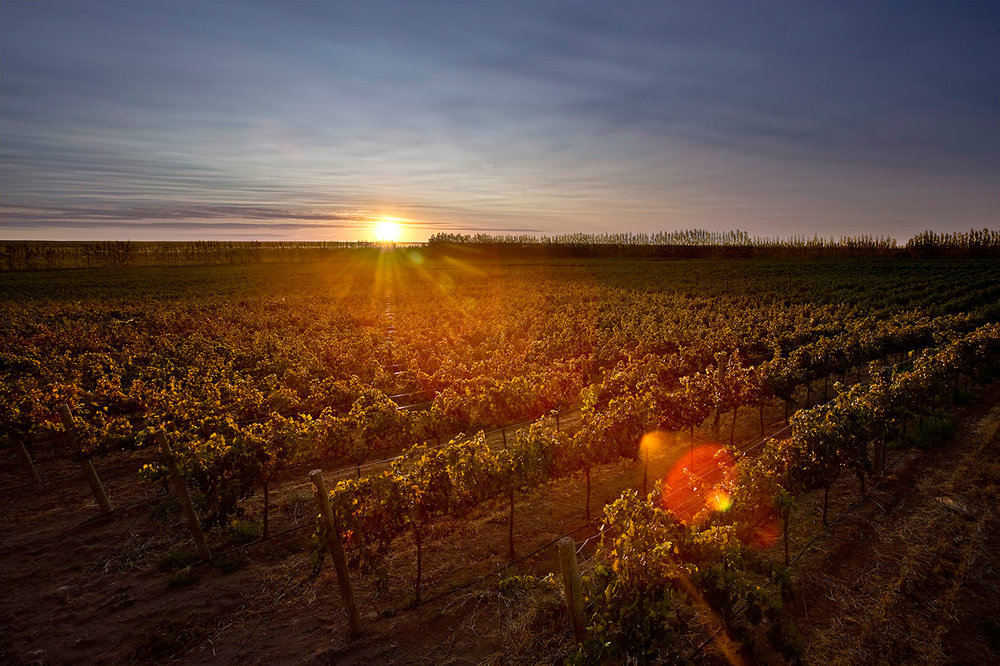
Map and photo credits: www.winesofargentina.org; Bodega Familia Schroeder, Bodega Noemia
